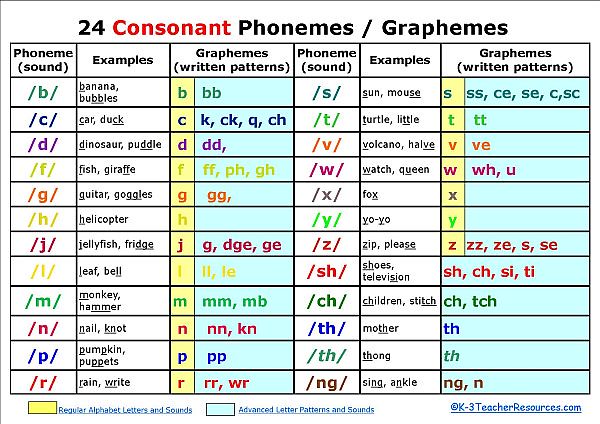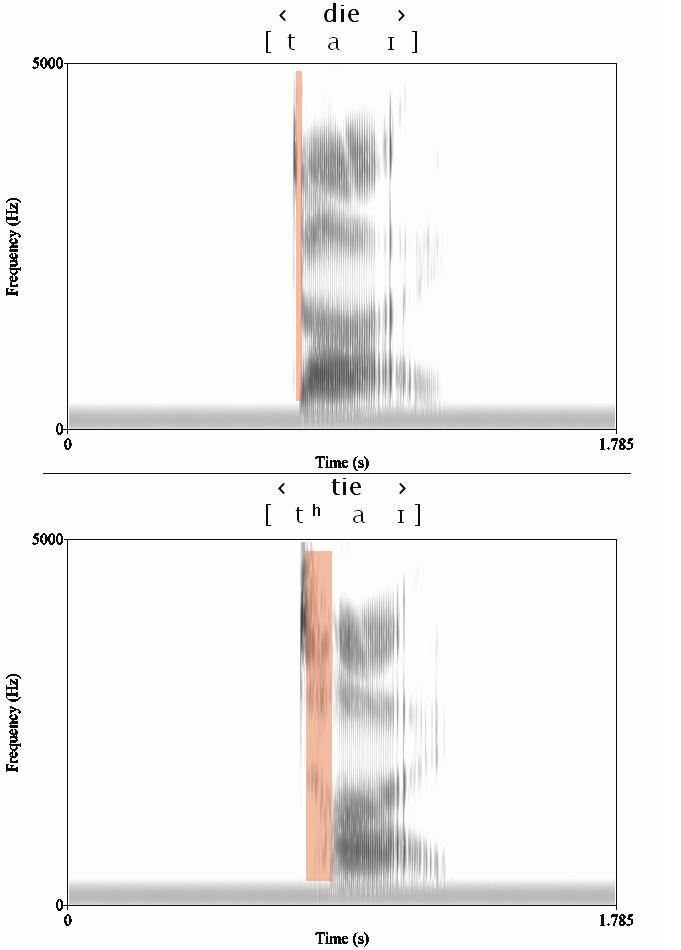Hearing in Complex Environments
70
Learning Objectives
Understand what the phoneme is and how changing a phoneme will change the meaning of a word.
Be able to explain categorical perception with examples.
Know that learning language means we learn to create phonetic boundaries and hear phonemes.
Phonemes are distinct units of sound that you put together to create a word. When you change a phoneme in a syllable or a word, you change the meaning of the word. We’re used to think of words as things made out of letters and syllables. A phoneme is not necessarily either of those. The phoneme is the sound we make; sometimes there are several phonemes in a single syllable, like the word “tie”—it’s one syllable, but it has 3 phonemes /taɪ/. You make the /t/ when your tongue comes up against your teeth, you make the /a/ as you lower your jaw and make space between the tongue and the roof of your mouth, and you make the /ɪ/ (sounds like “ee”) by changing the position of your tongue again. Below is a chart of consonants that English speakers use. Check out the website https://ipa.typeit.org/ if you want a tool that will let you type phonemes you can’t find on the keyboard.

When you’re around somebody who speaks a different language than you, you obviously can’t understand what is being said. However, did you know that you actually hear different sounds than what the native speaker hears? As a bilingual person, it’s hard for me to distinguish different sounds such as “th” and “ph”, since native English speakers can easily determine the difference, but to Somali speakers, these sounds appear the same. This happens because of a brain trick called categorical perception. Categorical perception is a phenomenon indicating that certain stimuli (especially speech) are perceived categorically rather than continuously despite a continuous variation in their form. This occurs when items that range along a continuum are perceived as being either more or less similar to each other than they really are because of the way they are classified. A classic example shortens the VOT (voice onset time) to change the /t/ sound in /taɪ/ (“die”) to a /d/ (“die”). Even though the VOT is changed continuously across a wide range, the listener perceives only two different sounds: “die” on one side of the phonetic boundary and “tie” on the other side. Since nothing in between would make sense, we don’t hear it!

Cheryl Olman PSY 3031 Detailed Outline
Provided by: University of Minnesota
Download for free at http://vision.psych.umn.edu/users/caolman/courses/PSY3031/
License of original source: CC Attribution 4.0
Adapted by: Samira Moalim-YusufOpenStax, Speech Perception
Provided by: Rice University
URL : https://cnx.org/contents/bwyYFEPa@10/Speech-Perception
License of original source: CC-BY 4.0

